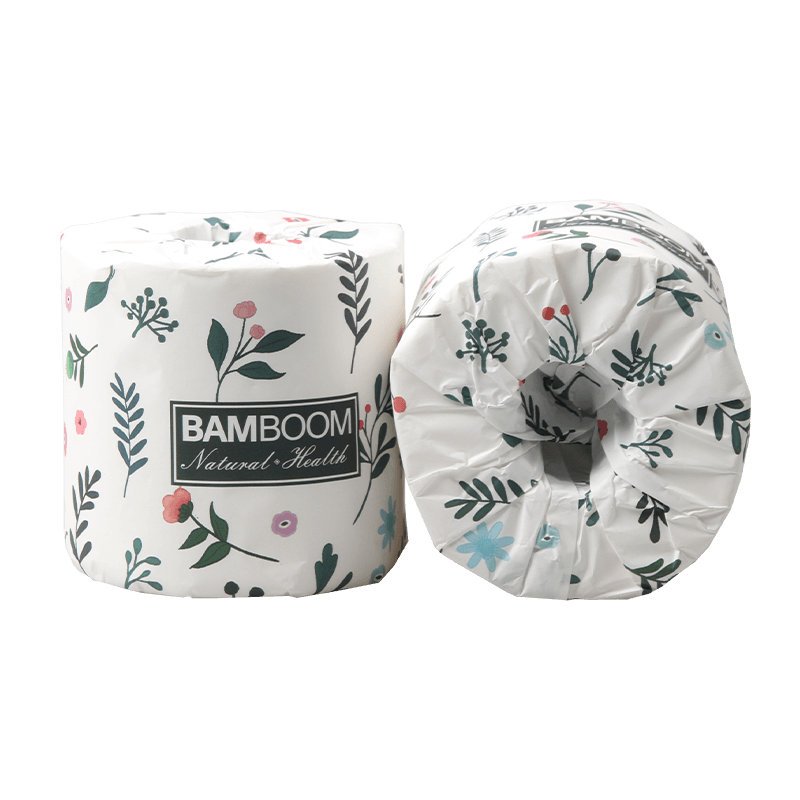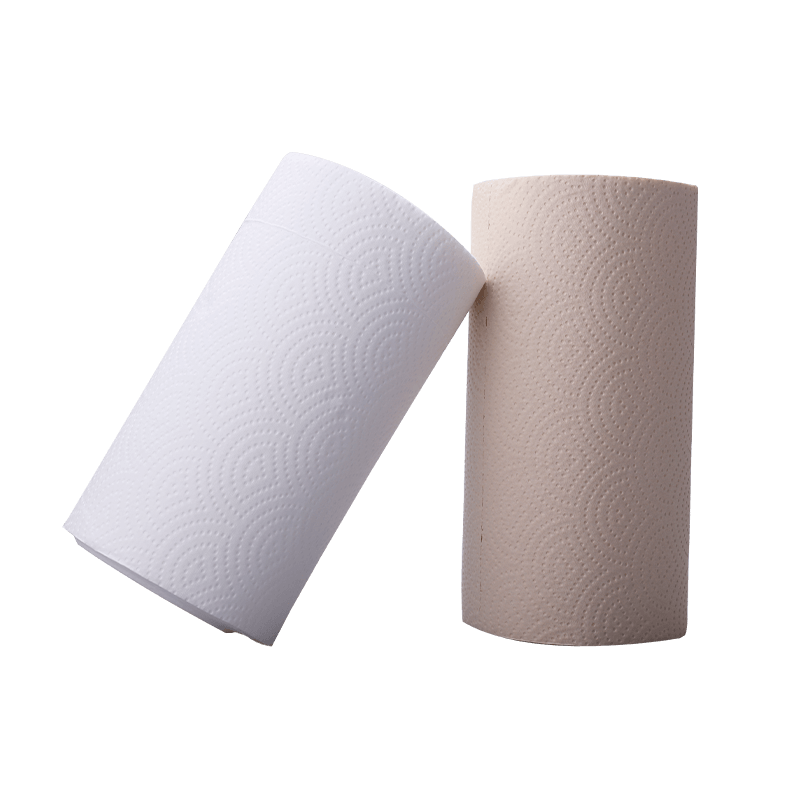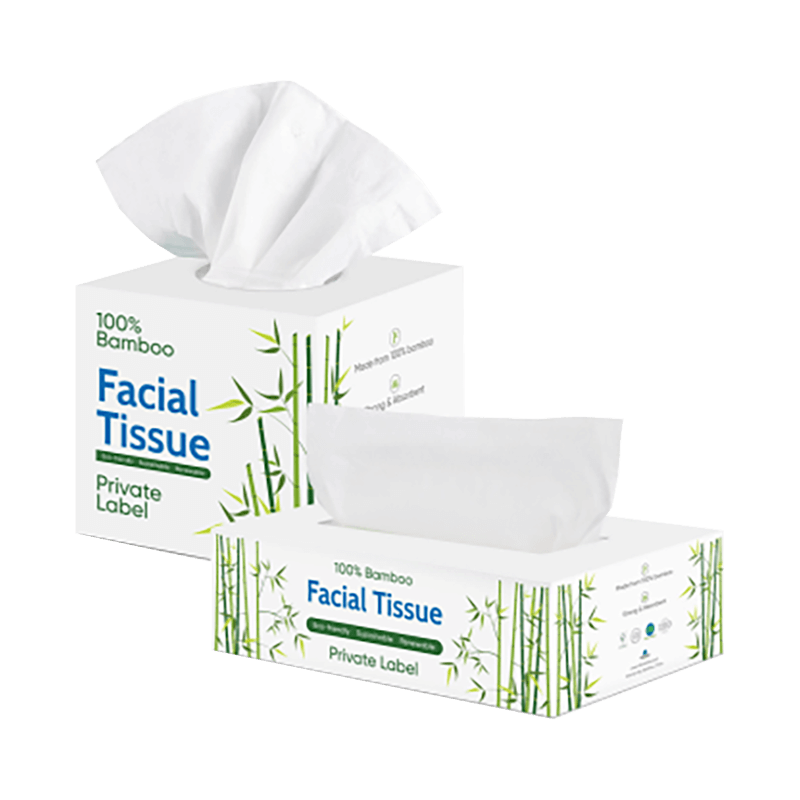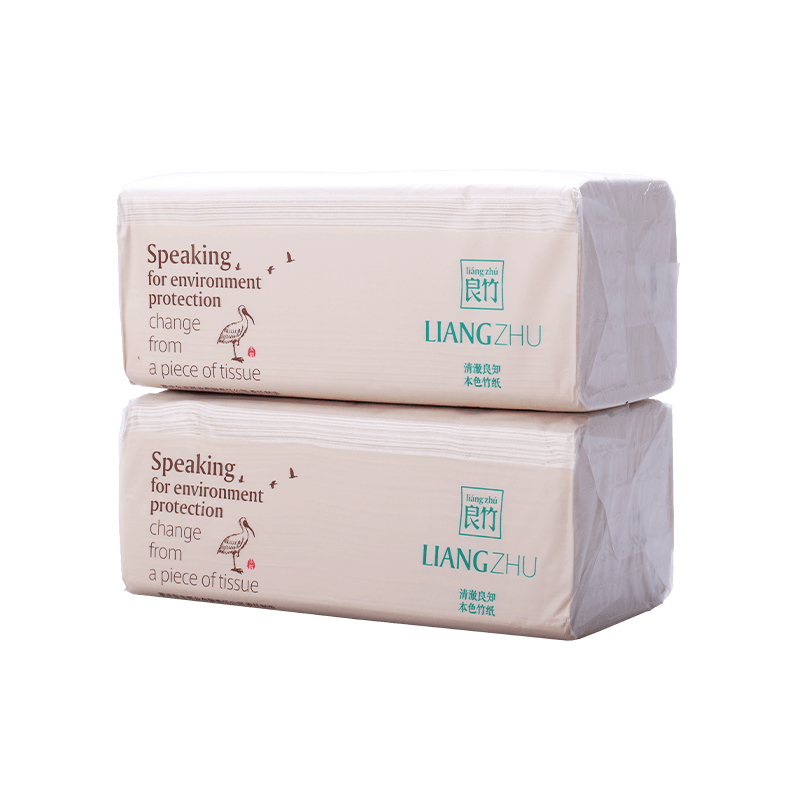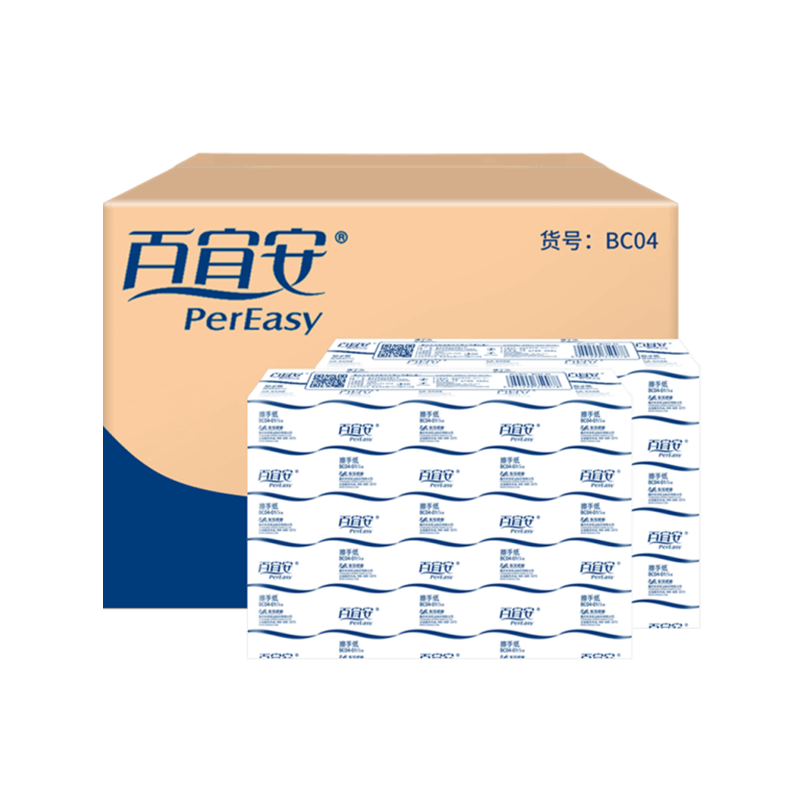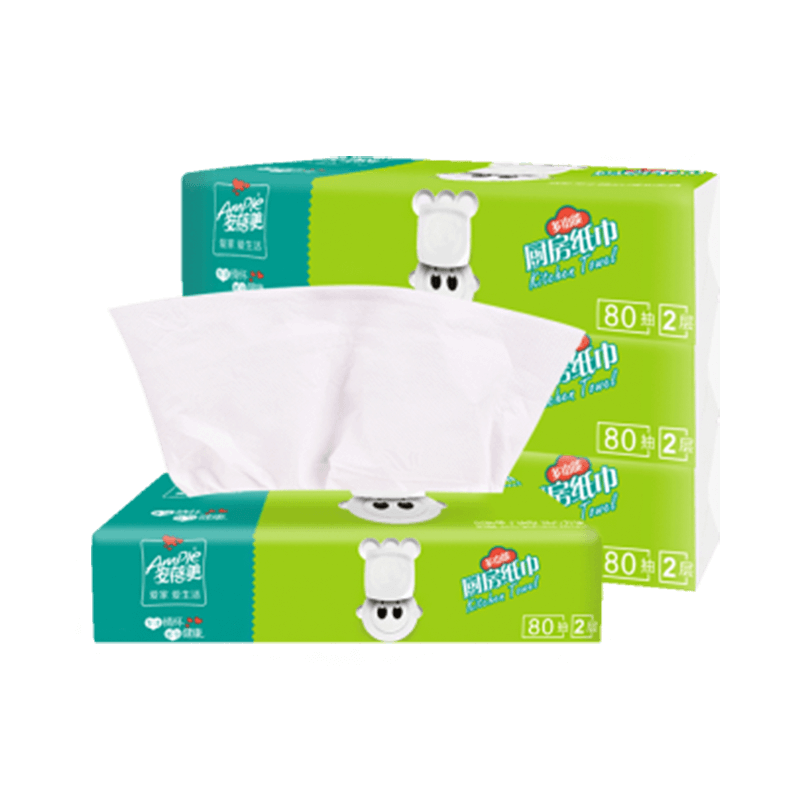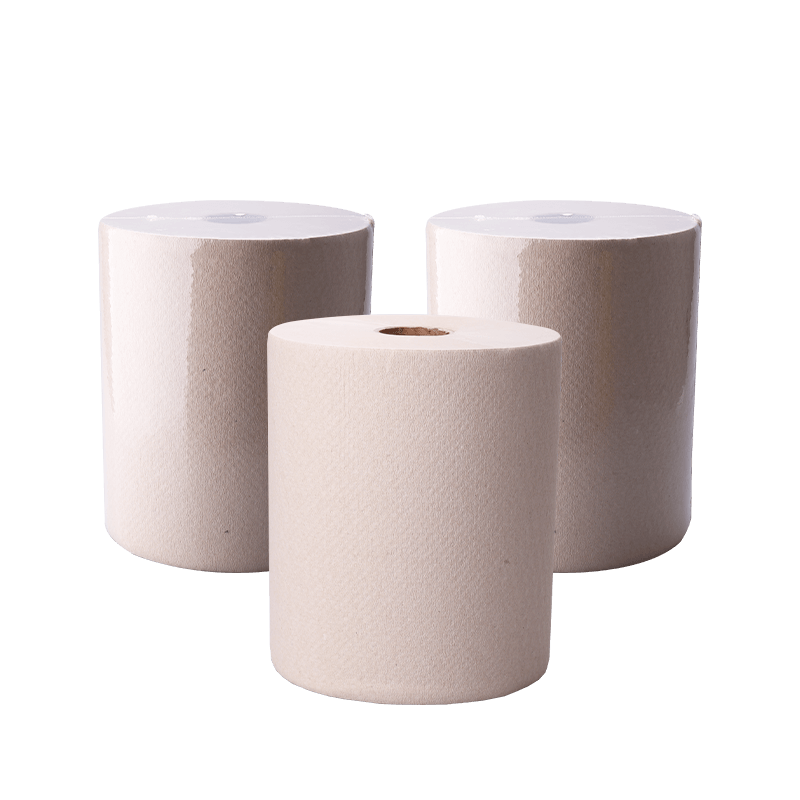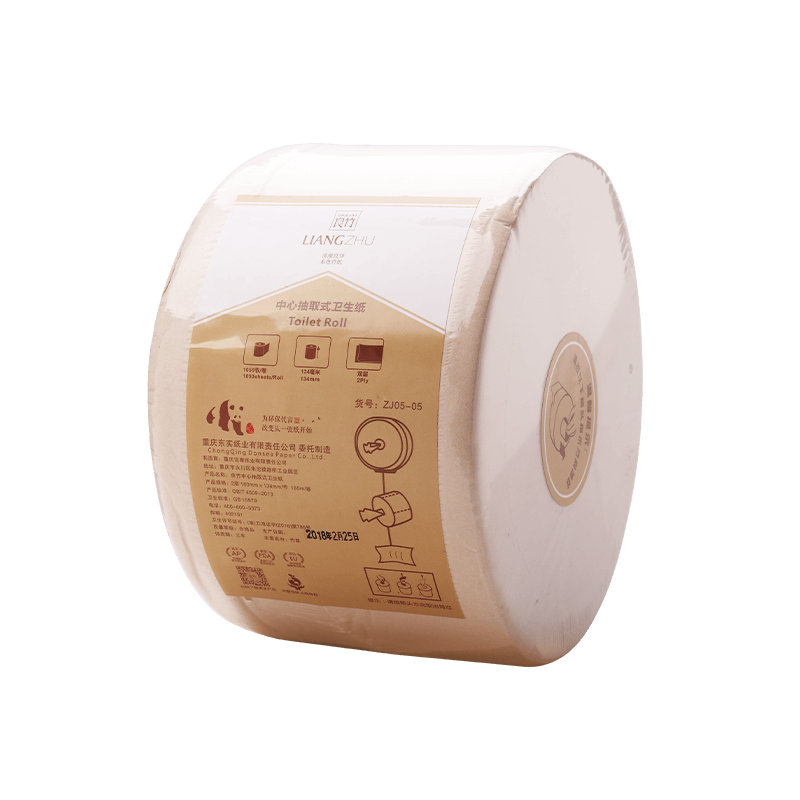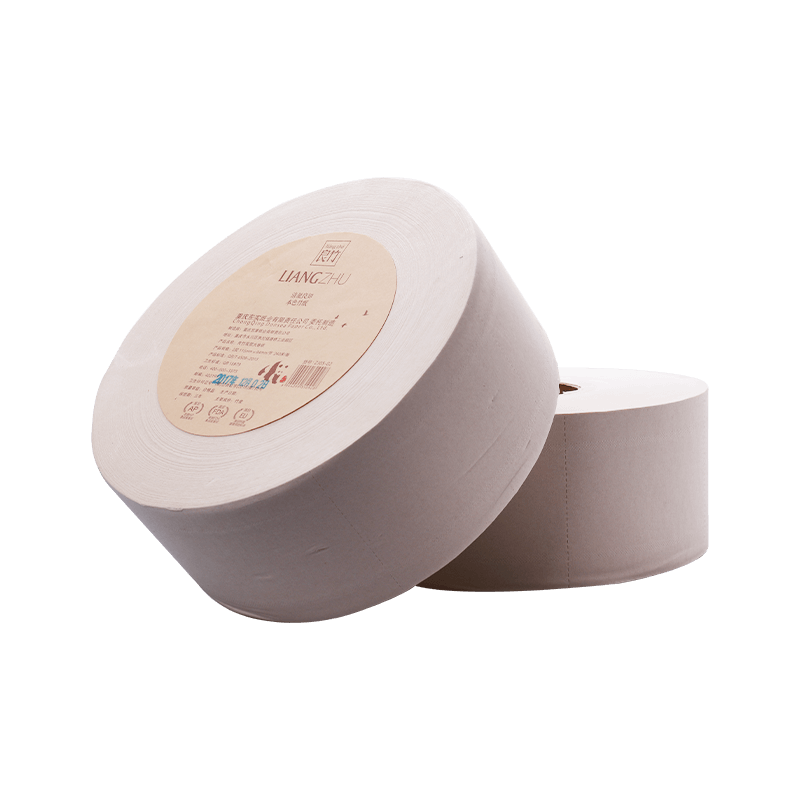Soft Tissue Grades in Tissue Paper Manufacturing
In the highly competitive tissue paper industry, the term “soft tissue grades” refers to a classification system that is used to identify tissue products according to their softness, strength, absorbency, and intended application. Knowing these grades is essential for tissue paper manufacturers, as it directly affects the quality of the product and customer satisfaction. This article examines the different grades of soft tissue, the factors that affect them and their impacts in the tissue paper manufacturing.
Understanding Soft Tissue Grades
Soft tissue grades generally indicate the softness level and quality of tissue products like soft facial tissues, toilet paper, napkins, hand towels. They aren’t uniform across all manufacturers but are generally accepted industry standards for:
- Fiber composition
- Bulk and texture
- Ply count
- Processing techniques
- Intended use
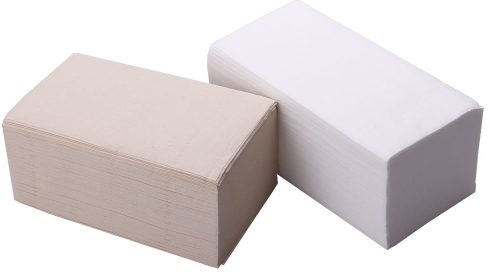
Common Soft Tissue Grades in Tissue Paper Manufacturing
Understanding the distinctions between the various soft tissue grades is crucial to produce consistent, high-performing tissue products that are suited to a a variety of uses.
1. Premium Grade Tissue
Premium grade tissue is the highest grade of manufacturing of soft tissue. They are distinguished by their exceptional softness, strength and absorbency. The majority of them are made with virgin pulp, particularly from hardwoods like eucalyptus. The best tissues are produced using modern techniques like By-Air Drying (TAD) as well as Structured Sheet Forging. These methods help keep the cushion and bulk of the tissue, while also making sure that the texture is uniform and strong. The premium grade of tissue is typically used to make luxury toilet tissue, facial tissues and special napkins, in which the comfort of the user and tactile appeal are paramount.
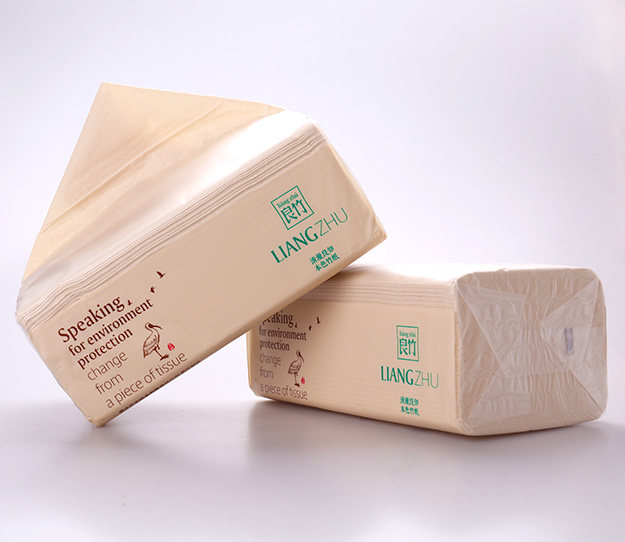
2. Mid-Grade (Value Grade) Tissue
Mid-grade tissue provides a balance between cost and quality and is suitable for a range of uses in both residential as well as commercial environments. They typically mix recycled and virgin fibers in order to attain a reasonable quality and durability, and are still inexpensive. The manufacturing process typically consists of traditional wet pressing as well as standard creping methods. Although mid-grade tissues may not offer the same luxurious feel as the premium ones however, it’s reliable enough for use in everyday life, such as napkins, toilet paper and multi-use hand towels used in office spaces and public spaces.
3. Economy Grade Tissue
Economic grade tissues are created to reduce costs and facilitate mass distribution. These types of products usually contain an extensive amount of recycled fibers. This aids in reducing production costs as well as the environmental impact. Economy tissues are typically made by using mechanical processes that are basic and little or no improvements. They could have one ply, and have less absorbency or softness than superior grades, but they’re functional and efficient for use in institutional and industrial settings. They are commonly used for utilitarian paper rolls as well as janitorial tissue and products that are used in away-from-home (AfH) market.
4. Specialty Grade Tissue
Beyond the three core types, there’s special soft tissue grades that are designed to meet specific requirements. They include hypoallergenic tissues that are biodegradable, compostable, or biodegradable products, and ones filled with additives, such as lotion, aloe, and antimicrobial substances. The specialties may be grouped with mid-tier and premium classifications, based on their use and the level of processing. They are growing in popularity in markets that are focused on sustainability, health or a better experience for consumers.

Key Factors Influencing Soft Tissue Grades in Tissue Paper Manufacturing
The soft tissue grade is influenced by a variety of material-related and technical factors which determine how soft, strong, and absorbent a tissue product will be. From fiber selection to process technology, every step in the tissue paper manufacturing process contributes to the final classification for the tissue grade.
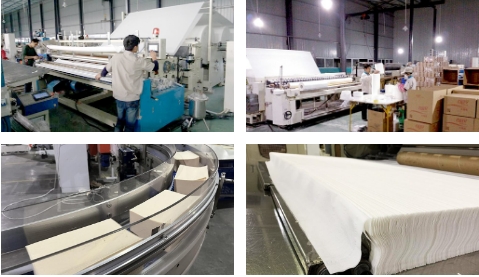
1. Fiber Type and Quality
The basis of every tissue product is in the composition of its fibers. Soft tissue types are heavily dependent on the type and quality of fibers utilized. Fibers that are virgin, especially ones derived from hardwoods, such as eucalyptus are well-known for their softness, because of their shorter fiber lengths and smooth texture. Softwood fibers on the contrary, offer more power, however they are more coarse and can be less soft.
Recycled fibers can be utilized to cut costs and enhance sustainability, but they often lead to an increase in quality and softness. Manufacturers frequently mix recycled and virgin fibers in order to find a compromise between the comfort, strength and cost-efficiency. These factors affect the final grade of tissue.
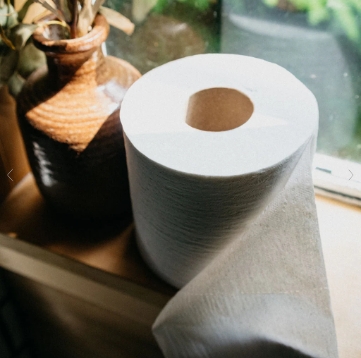
2. Manufacturing Technology
The techniques used for the tissue paper manufacturing has an impact on its the softness, strength and absorbency, all of which are crucial elements of soft tissue grade. The best tissues are usually made with advanced techniques, such as through-air drying (TAD) which maintains the bulk of fiber and increases the softness. The Structured Tissue Technology (STT) along with eTAD technologies can also enhance the texture and absorbency of the tissue by making the tissue able to keep larger air pockets.
In contrast, the traditional creping and wet pressing techniques even though they are more affordable are more likely to compress fibers and result in less flatter, cushiony tissue. They are usually employed for low-end or economical products.

3. Ply Count and Sheet Configuration
Ply count — which is the amount of layers within a tissue product — is a different factor in determining the quality. The multi-ply types of tissues (such as 3-ply or 2-ply) provide greater bulk, strength and tactile softness when compared with single-ply tissues. More ply count creates more cushioning, which contributes to an opulent feel.
Alongside ply how sheets are embossed and bonded also affects the absorbency and softness. The embossed look not only adds beauty but also entraps moisture between the layers improving performance.
4. Basis Weight and Caliper
Two physical properties -basis weight and Caliper directly affect how a product feels when held in your hands. The basis weight is the amount of tissue in units of area while caliper refers to the thickness. A higher caliper value generally results in more dense and less brittle tissu, making it ideal for top-quality grades.
But, increasing thickness without supporting tensile force can lead to problems in terms of durability and tear resistance. Manufacturers need to be careful with these parameters to maintain the right balance between performance and softness.
5. Additives and Surface Treatments
The soft tissue quality is often enhanced by using substances and treatments for the surface. For products that are of high quality, additives like lotions, aloe or perfumes can be added to increase comfort and feel on the skin. These enhancements do not just affect the tactile quality, but they can also raise the perceived quality in the material.
Less expensive tissues usually do not have these treatments and concentrate instead on the essential function and cost-saving.
6. Environmental and Regulatory Considerations
The tissue industry today must take into consideration environmental and regulatory aspects which affect product grade. Customers are increasingly seeking green and sustainable alternatives, such as bamboo fibers, recycle paper, etc. Utilizing FSC-certified fibers and chlorine-free bleaching processes recycling packaging, and chlorine-free bleaching processes can enhance the quality of a tissue, especially in markets that are environmentally conscious.
In addition, respect for international and local standards for quality helps to standardize the grading process and ensures that the products meet standards of performance.
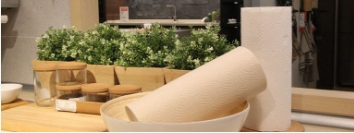
7. Market and Consumer Expectations
The final step is that grading soft tissue is frequently affected through regional markets as well as consumer preferences. For North America and parts of Europe consumers tend to prefer thick, soft, and absorbent tissues. This drives the demand for top-quality grades. Contrary to this other regions might place more emphasis on environmental sustainability or cost-effectiveness, which can lead producers to provide more middleor lower-end items.
The expectations of consumers regarding the texture, packaging and product performance guide designs and help manufacturers to find the most suitable grade of tissue for every market.

Implications of Soft Tissue Grades in Tissue Paper Manufacturing
This chart summarizes the ways that different soft tissue grades influence different aspects of tissue paper production as well as marketing and use.
| Aspect | Premium Grade | Mid Grade | Economy Grade |
| Production Cost | High demands for virgin pulp and advanced equipment (e.g. TAD) | Moderate – makes use of mixed fibers as well as technology that is standard | Low – makes use of used fibers from recycled sources and the basic process |
| Equipment Requirements | High-tech, energy-intensive | Equipment of a conventional nature with a moderate level of complexity | Basic machines that have lower energy requirements |
| Consumer Appeal | Luxury feel and strong market differentiation | Balanced – Meets expectations | Functional Price-sensitive market appeal |
| Profit Margin Potential | Pricing that is high – premium permitted | Moderate pricing – competitive with good margins | Margins are tight and low because of price market |
| Market Segment | Luxury brands, retail Personal care | Commercial and mass retail buildings | Institutional, janitorial, away-from-home (AfH) |
| Sustainability Impact | Lower (due to the use of virgin pulp unless FSC certified) | Variable – is a variable that can be optimized. | Greater sustainability when using 100 recycled fibers |
| Product Lifespan/Use Rate | Longer use per sheet due to strength & absorbency | Moderate usage rate | Greater use per task lower efficiency per sheet |
| Brand Positioning Strategy | Quality-focused, comfort-driven | Performance and value balanced | Focused on functionality and budget |
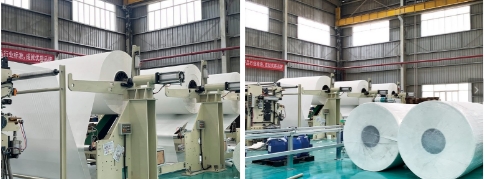
Final Thoughts
The soft tissue grades play a important role in determining product positioning, consumer experience, and the manufacturing strategy of tissue paper industry. Whether targeting segment with ultra-soft, high-performance products or focusing on economical offerings making sure you understand and control the factors behind softness and quality is essential to achieving success in tissue paper manufacturing.

